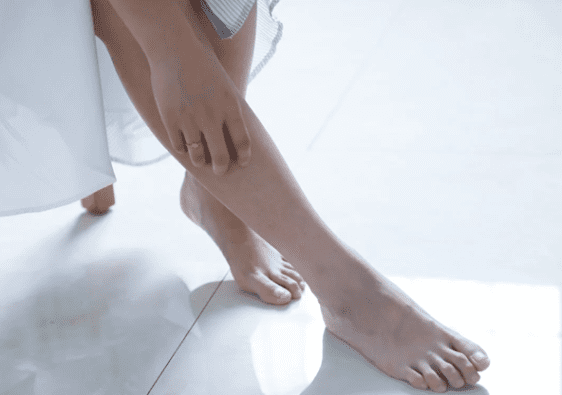Our feet, intricate structures of 26 bones, 33 joints, and over 100 muscles, ligaments, and nerves, are fundamental to our everyday mobility. They endure an enormous amount of stress, bearing the entire weight of our bodies during walking, running, or standing.
Consequently, foot injuries are common, and understanding how to respond when faced with one is vital.
In this article, we’ll help you do exactly that.
Recognizing the Signs of a Foot Injury
Being able to identify foot injury symptoms is the crucial first step toward effective treatment and recovery. These symptoms vary depending on the type and severity of the injury, but there are a few key signs to watch out for:
- Persistent Pain or Discomfort: Pain that doesn’t alleviate with rest could signify an injury. The pain could manifest during activity, when bearing weight, or even at rest.
- Swelling or Bruising: These are classic signs of trauma. They indicate soft tissue damage, or in severe cases, fractures.
- Difficulty in Movement: If you find it hard to walk or perform normal activities due to pain, stiffness, or instability, it might indicate a significant injury.
- Redness, Warmth, and Tenderness: These signs often accompany inflammation or infection.
It’s essential not to neglect these symptoms. A prompt medical evaluation can prevent the injury from worsening and set you on the right path towards recovery.
Immediate Care for Foot Injuries
The immediate response to a foot injury involves minimizing pain, swelling, and further damage. This is often achieved through the RICE method — Rest, Ice, Compression, and Elevation.
Rest involves avoiding putting weight on the injured foot to prevent exacerbation of the injury. Ice can be applied for 15-20 minutes every 2-3 hours to reduce swelling. Compression, through an elastic bandage, helps minimize swelling, while the elevation of the foot can facilitate the reduction of swelling and pain. You can also consider professional compression therapy in Dubai to treat the pain from its root under medical care.
Supporting the injured foot with crutches, braces, or splints can also be beneficial. These devices limit movement, provide stability, and help prevent further damage while the healing process takes place.
Seeking Professional Treatment
Even with immediate care, it’s critical to seek professional medical advice. Healthcare providers can accurately diagnose the injury, prescribe suitable treatment or orthopaedic surgery and monitor recovery.
Part of this treatment often involves rehabilitation exercises and physical therapy. These methods help in regaining strength, restoring flexibility, and achieving optimal foot functionality post-injury.
Some of these exercises include:
- Toe Movements: Stretching and flexing the toes aids in improving their range of motion and reducing stiffness.
- Ankle Exercises: Rotations, dorsiflexion, and plantarflexion exercises can help regain ankle strength and flexibility.
- Heel Raises: These exercises strengthen the calf muscles, which provide stability to the foot and ankle.
It’s important to perform these exercises under professional supervision to ensure they’re done correctly and to avoid exacerbating the injury.
Preventing Future Foot Injuries
Prevention is a key aspect of overall foot health. It starts with proper footwear.
Shoes with wide toe boxes allow natural toe splay, reducing undue pressure on the forefoot. Well-fitted shoes with good arch support and adequate cushioning can help avoid undue stress on your feet.
Regular exercise and stretching are essential for maintaining foot health. Stretching exercises help maintain the flexibility of the foot muscles and can prevent various foot conditions. Strength-building exercises help enhance the stability of the feet, thereby reducing the risk of injuries.
Another essential preventive measure involves the use of metatarsal pads. Knowing how to use metatarsal pads can be beneficial in alleviating pressure points on the foot, providing comfort, and preventing further injuries.
In Conclusion
Foot injuries are a common concern but understanding how to identify, manage, and prevent them can ensure they don’t hinder your mobility or quality of life.
By paying attention to foot health and adopting preventive measures such as proper footwear and regular foot care, you can step forward confidently, knowing your feet are well taken care of.



